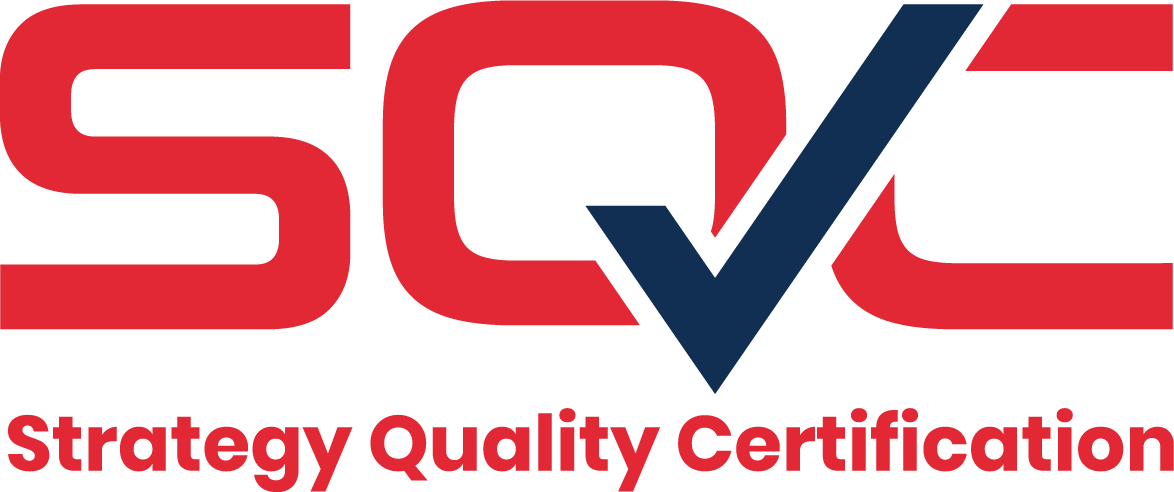Environmental Management System Certification (ISO 14001)
The ISO 14001 standard is part of the ISO 14000 series established by the International Organization for Standardization (ISO) for a set of management activities aimed at continuously improving environmental performance across all stages of a company’s operations, including activities, products, and services. Similar to ISO 9001, the environmental management system certification program involves a third-party certification body auditing the organization’s implemented environmental management system to objectively verify its conformity with the standard.
ISO 14001 is the sole applicable standard for certification audits, while other standards serve as guidance documents for audit criteria, methods, and system evaluation. This standard includes key elements necessary for operating an effective environmental management system, covering environmental aspects and impacts related to all processes, products, and services conducted within the company.
It is a certification system that evaluates whether a supplier’s environmental management system complies with the ISO 14001 standard and grants certification accordingly. This standard is designed to be applicable across all industries, including manufacturing, construction, and services.
Environmental policy, planning, checking and corrective actions, and management review are the core elements of ISO 14001, enabling continual improvement and ensuring compliance with legal requirements.
The Importance of an Environmental Management System
- Emergence of Environmental Pollution Issues and Market Demands
- Strengthening of Environmental Protection Obligations
- Strengthening of International Environmental Regulations
- Requirements from Partners and Parent Companies
- Enhancement of Corporate External Competitiveness
Benefits of an Environmental Management System
- Improvement of corporate image and credibility through ISO 14001 certification acquisition
- Enhanced marketing capabilities (removal of trade barriers and advantages in securing public contracts)
- Strengthening corporate image through eco-friendly management and improving environmental safety contribute to increased employee motivation and productivity.
- Improved organizational response capabilities during emergencies (protecting property and lives)
- Exemption of corporate and management liability through compliance with laws and regulations
- Participation in local and global environmental issues through efforts to minimize environmental impacts (pollution)
- Establishing a foundation for internationalization and globalization efforts
환경경영시스템의 구성요소 (ISO 14001:2015)
| Requirement number | Title | |
|---|---|---|
| 4. Context of the Organization | 4.1 | Understanding the organization and its context |
| 4.2 | Understanding the needs and expectations of interested parties | |
| 4.3 | Determining the scope of the Environmental Management System | |
| 4.4 | Environmental management system and its processes | |
| 5. Leadership | 5.1 | Leadership and commitment |
| 5.2 | Policy | |
| 5.3 | Organizational roles, responsibilities, and authorities | |
| 6. Planning | 6.1 | Actions to address risks and opportunities |
| 6.2 | Environmental objectives and planning to achieve them | |
| 7. Support | 7.1 | Resources |
| 7.2 | Competence | |
| 7.3 | Awareness | |
| 7.4 | Communication | |
| 7.5 | Documented information | |
| 8. Operation | 8.1 | Operational planning and control |
| 8.2 | Emergency preparedness and response | |
| 9. Performance Evaluation | 9.1 | Monitoring, measurement, analysis, and evaluation |
| 9.2 | Internal audit | |
| 9.3 | Management review | |
| 10. Improvement | 10.1 | General requirements |
| 10.2 | Nonconformity and corrective action | |
| 10.3 | Continual improvement | |
